9 So-Called Protein Sources That Aren’t Worth It And 8 Budget-Friendly Picks That Truly Keep You Strong
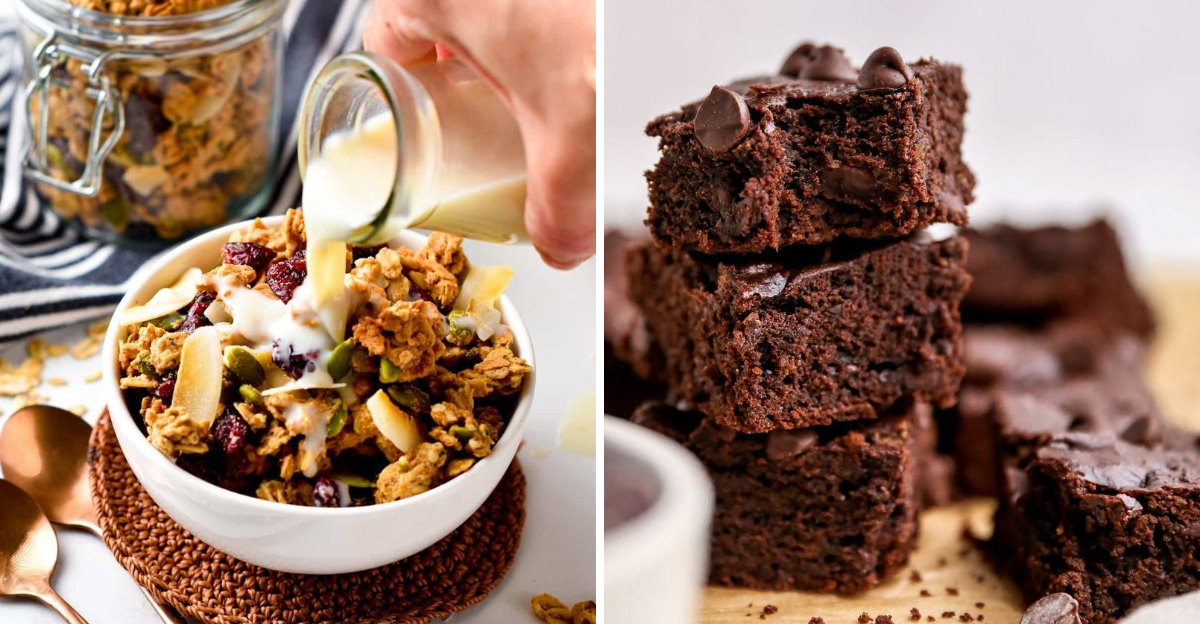
In the quest for healthy living, protein stands as a vital component for muscle building, energy, and overall wellness. However, not all protein sources are created equal. Some are marketed as nutritious yet fall short in delivering the desired benefits. Conversely, there are affordable options that pack a powerful protein punch to truly keep you strong. This blog post explores nine so-called protein sources that may not be worth the hype and eight budget-friendly picks that are genuinely beneficial.
1. Flavored Greek Yogurt (Low-Protein Versions)
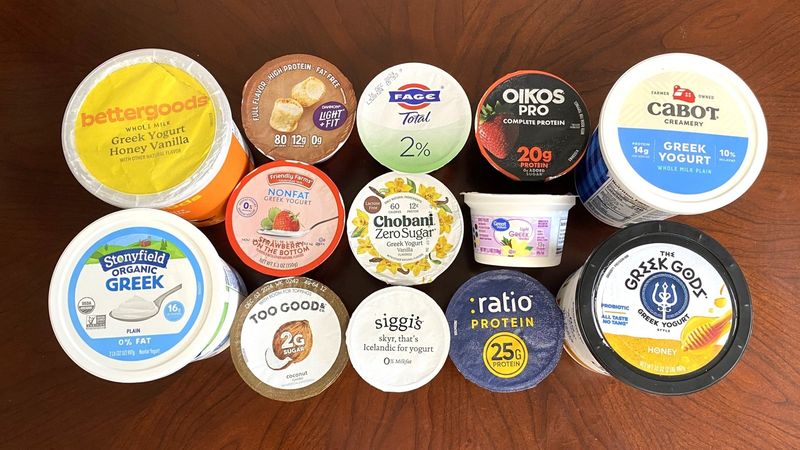
Flavored Greek yogurt may appear healthy, but many versions prioritize taste over protein. Some varieties, especially those not labeled as “high-protein,” are loaded with sugars and provide as little as 8 grams of protein per serving. The enticing flavors often mask the absence of nutritional value, making them more of a dessert than a health food. Before grabbing a cup, check the label to ensure it meets your protein needs. For a more potent protein fix, choose those that clearly state their higher protein content.
2. Plant-Based “Protein” Chips and Crackers

Plant-based “protein” chips and crackers often come with promises of protein-rich snacking. However, a closer look reveals that these snacks typically contain only 3–5 grams of protein per serving. They also bring along a hefty dose of carbohydrates and oils, making them more of a treat than a protein solution. While they fit into a lifestyle seeking plant-based options, their protein content doesn’t justify the caloric intake. Opt for whole-food snacks if you aim to boost your protein consumption meaningfully.
3. Nut Butters

Nut butters are often touted for their protein content, yet they carry a high calorie count with relatively modest protein levels. For instance, a tablespoon of peanut butter provides about 7 grams of protein alongside nearly 200 calories. This makes nut butters an inefficient protein source if you’re watching caloric intake. Enjoy them in moderation as a tasty addition to meals, but don’t rely on them solely for protein. Instead, use them as a complement to more balanced protein sources in your diet.
4. Granola or Protein Cereal
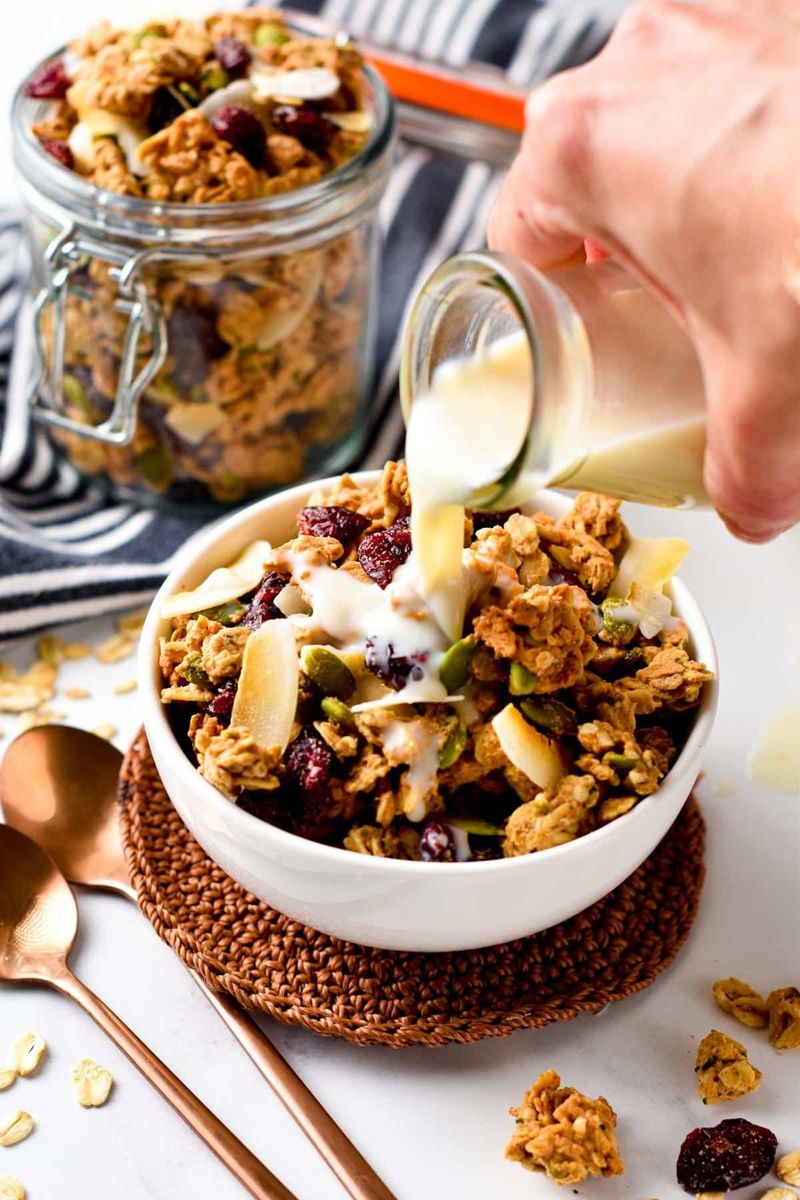
Granola and protein cereals often claim to be protein-rich breakfast choices. However, unless you’re prepared to eat a large portion, these cereals rarely offer more than 5 grams of protein per serving. The added sugars and oils can quickly turn a healthy start into an indulgent treat. If you seek a protein-packed breakfast, consider combining granola with other high-protein foods such as Greek yogurt. This ensures a balanced meal that aligns with your nutritional goals without unnecessary sugars.
5. Almond Milk
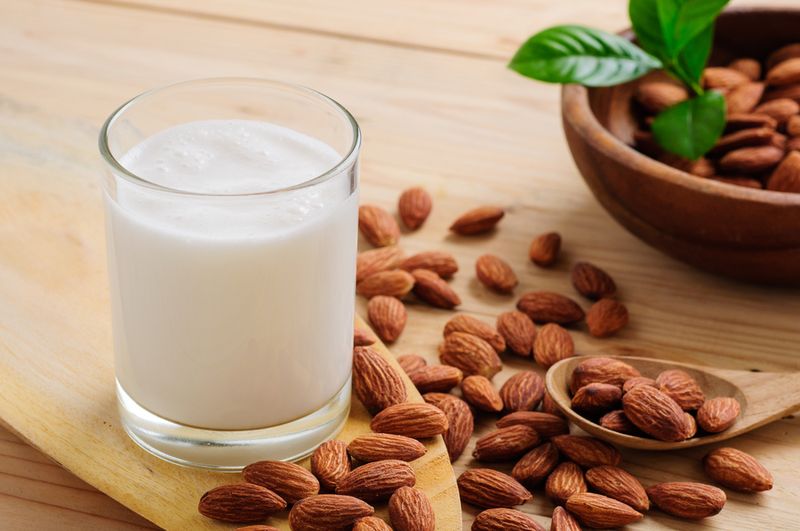
Almond milk has gained popularity as a plant-based alternative to dairy, yet its protein content is minimal. Most unsweetened almond milks provide only 1 gram of protein per cup, making it an inadequate choice for meeting protein requirements. While it serves as a low-calorie beverage, relying on almond milk for protein would be misguided. For those seeking a plant-based protein boost, consider incorporating soy milk or other protein-rich plant-based drinks that offer a more substantial nutritional profile.
6. Protein Cookies and Brownies
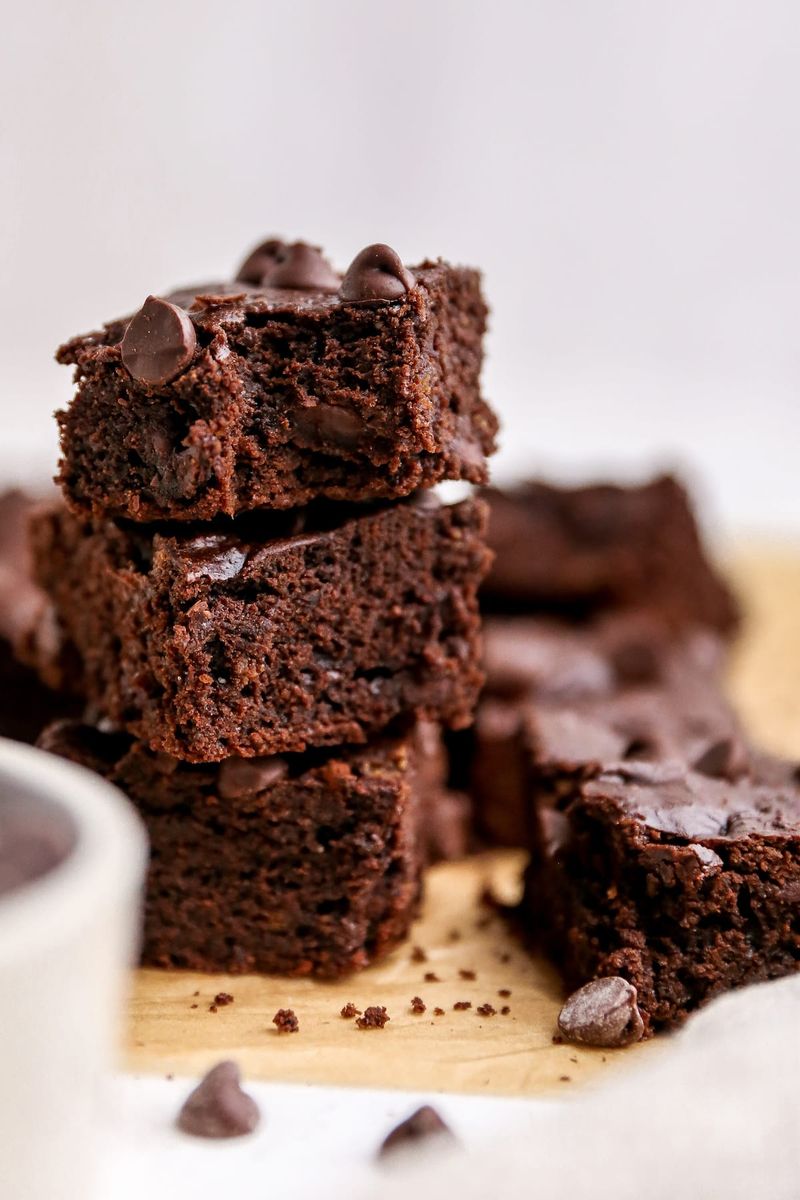
Protein cookies and brownies might seem like a delicious way to increase protein intake, but most are akin to pricey desserts. They contain added whey or plant proteins but often in small quantities, failing to justify their caloric and financial cost. These products are more about indulgence than nutritional benefit. If you’re aiming for a protein boost, consider traditional protein bars or shakes, which are specifically designed to deliver substantial protein without unnecessary sugars or fats.
7. Protein Pasta (Made with Beans or Quinoa)

Protein pasta, crafted from beans or quinoa, promises more protein than regular pasta. However, the serving sizes can be deceptive, and the accompanying carbohydrate content may outweigh the protein gain. While not entirely ineffective, protein pasta should complement rather than replace other protein sources. For a balanced meal, pair it with a protein-rich sauce or topping. This way, you enjoy the benefits without compromising on the nutritional balance of your diet.
8. Rice Cakes with Nut Butter
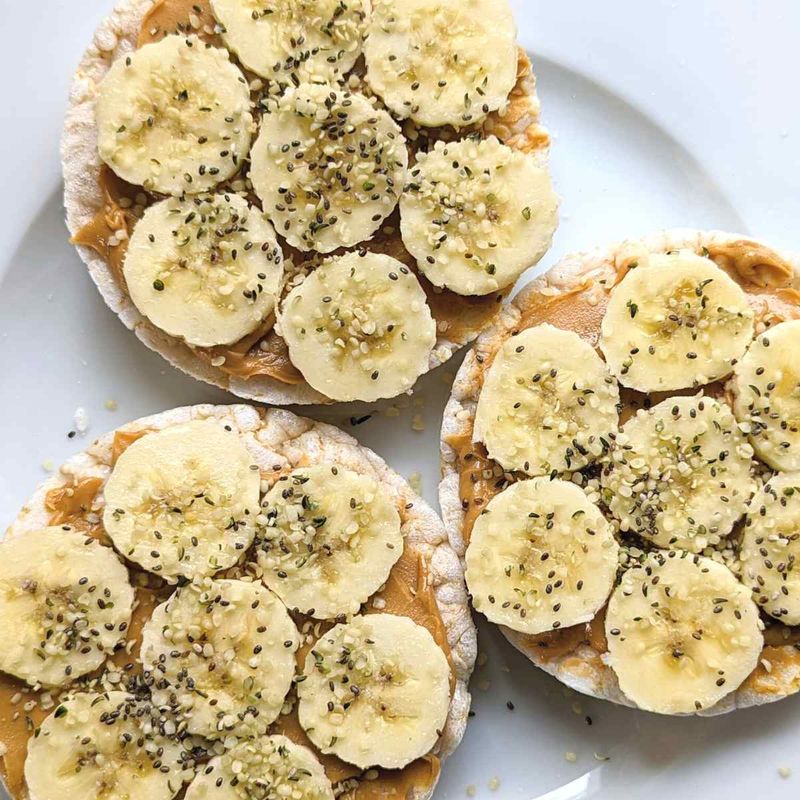
Rice cakes slathered with nut butter make for a satisfying snack, but as a protein source, they fall short. This combination leans more towards carbs and fats, offering minimal protein benefit. While they provide a crunchy and delightful treat, relying on them for protein intake would be misguided. Enhance their nutritional value by adding toppings like chia seeds or pairing them with a protein smoothie to create a more balanced snack option that supports your dietary goals.
9. Trail Mix
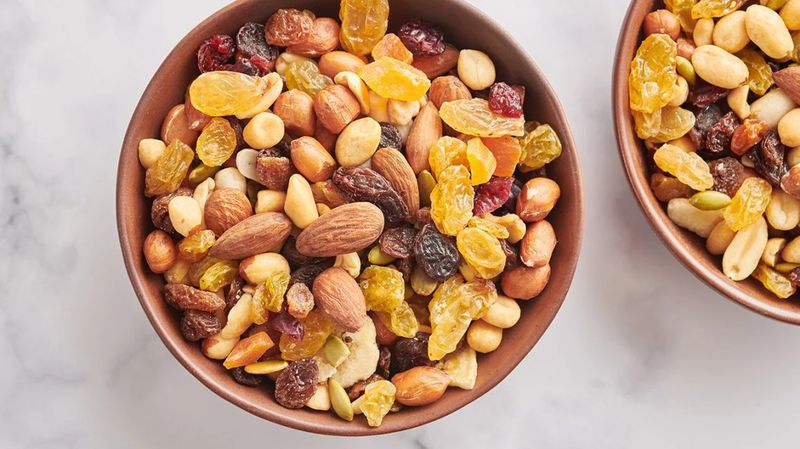
Trail mix is a convenient snack beloved by adventurers, but its protein ratio is overshadowed by sugars and fats from dried fruits and chocolate. While the nuts provide a healthy protein source, the overall mix can be energy-dense without substantial protein benefits. Enjoy trail mix in moderation for energy during outdoor activities, but for a true protein boost, consider plain nuts or seeds. This ensures a snack that aligns with your nutritional aspirations without unnecessary sugary additions.
10. Eggs
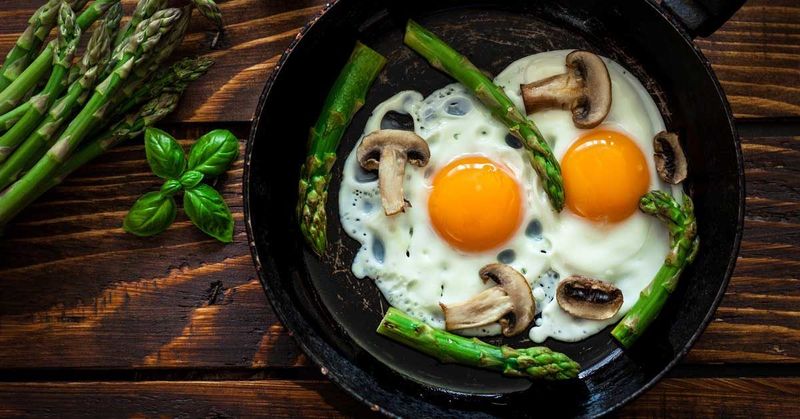
Eggs are a quintessential protein source, offering a complete amino acid profile. Affordable and versatile, one egg provides 6–7 grams of protein along with healthy fats and essential nutrients. Whether scrambled, boiled, or poached, eggs fit seamlessly into any meal plan. Their accessibility makes them a staple for individuals seeking both nutritional value and cost-effectiveness. For an even greater protein boost, pair eggs with other high-protein foods like spinach or lean meats for a balanced, nutritious dish.
11. Canned Tuna or Salmon
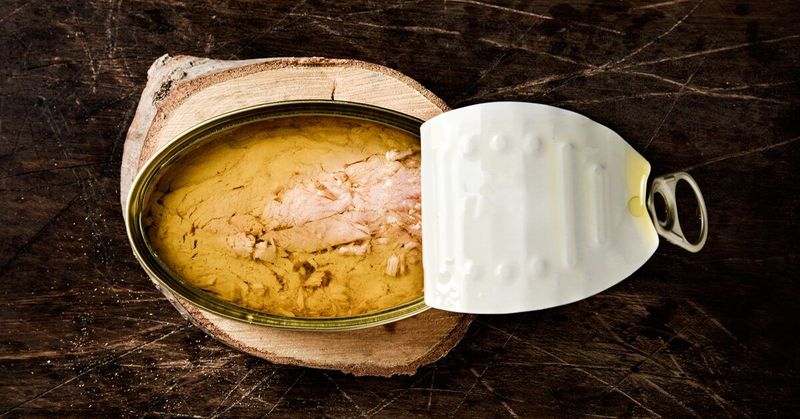
Canned tuna and salmon are champions of protein convenience, offering lean protein in a shelf-stable form. With up to 25 grams of protein per can, they provide a quick, affordable solution for meal preparation. Ideal for salads or sandwiches, these fish add both flavor and nutrition to your diet. Their long shelf life and high protein content make them a reliable choice for anyone aiming to boost protein intake without breaking the bank.
12. Plain Greek Yogurt (High-Protein or Nonfat)
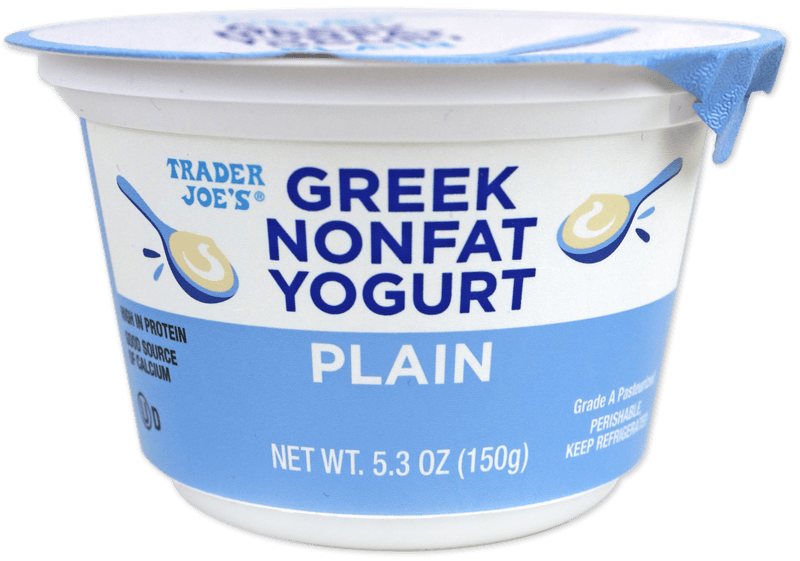
Plain Greek yogurt stands as a powerhouse of protein, with versions offering up to 20 grams per serving. Unlike flavored counterparts, it skips added sugars, allowing you to enjoy a pure protein experience. Mix in fresh fruits or nuts for a personalized touch that enhances both taste and nutritional value. As a versatile ingredient, Greek yogurt can be a breakfast base, a snack, or even a cooking ingredient, ensuring you receive the protein boost you need.
13. Cottage Cheese
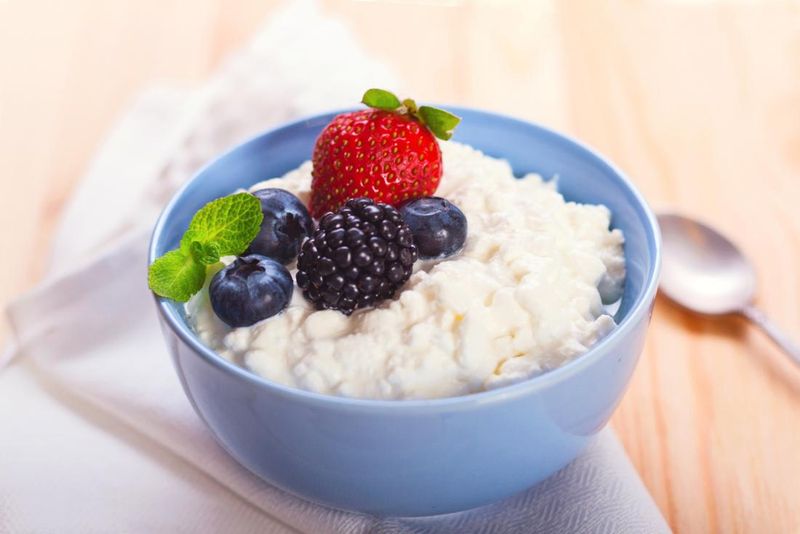
Cottage cheese is a classic yet underrated source of protein, delivering over 25 grams per cup. Its high casein content makes it a favorite for those seeking slow-digesting protein options. Whether enjoyed on its own or as part of a dish, cottage cheese offers both nutritional value and versatility. Pair it with fruits or nuts for a delightful culinary experience that sustains you throughout the day, ensuring you meet your protein goals effortlessly.
14. Lentils
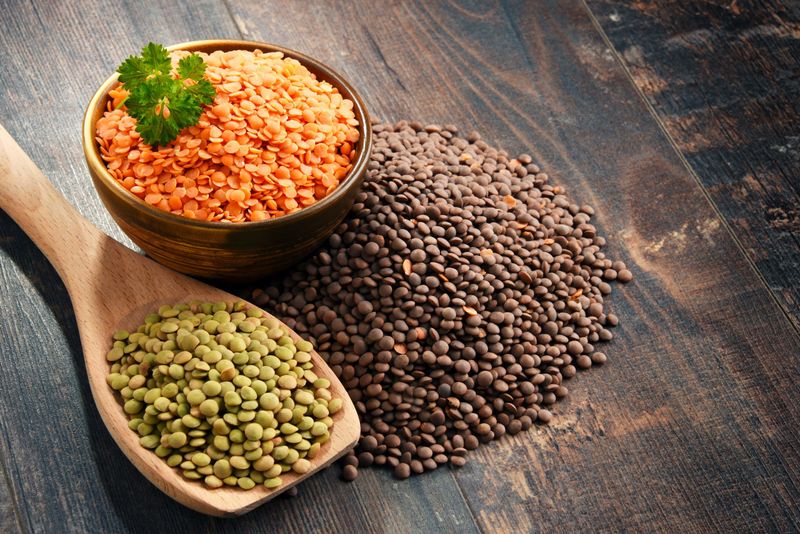
Lentils are the unsung heroes of plant-based protein. Incredibly affordable, they provide 18 grams of protein per cooked cup along with vital fiber to keep you full. As a staple in many cuisines, lentils offer versatility in preparation, from soups and salads to stews. Their nutritional profile makes them a perfect choice for those looking to enhance their protein intake while sticking to a budget. Enjoy lentils as part of a balanced diet for sustained energy and health benefits.
15. Tofu or Tempeh

Tofu and tempeh are affordable plant-based proteins that deliver impressive nutritional benefits. Tofu offers about 10 grams of protein per serving, while tempeh packs over 15 grams. Their versatility in cooking makes them suitable for a variety of dishes, from stir-fries to sandwiches. As a staple in vegetarian and vegan diets, they provide essential nutrients without compromising on flavor. Incorporate these soy-based proteins into your meals for a wholesome, satisfying dietary boost.
16. Chicken Thighs or Drumsticks

Chicken thighs and drumsticks offer a budget-friendly alternative to chicken breasts, delivering high-quality protein with rich flavor. They are perfect for roasting or grilling, providing a succulent protein source that satisfies both taste and nutritional needs. With about 20 grams of protein per serving, they are ideal for feeding families or meal prepping on a budget. Embrace these cuts for a delicious, protein-rich addition to your culinary repertoire.
17. Dry Beans (Like Black Beans or Chickpeas)

Dry beans, including black beans and chickpeas, are cost-effective protein powerhouses, providing around 15 grams per cooked cup. They are perfect for bulk meal prep, offering both nutrition and versatility in various dishes. From soups and stews to salads and wraps, beans complement many cuisines while contributing to your protein intake. Their fiber content adds an extra health benefit, making them a smart choice for those seeking a nutritious, budget-friendly protein source.
